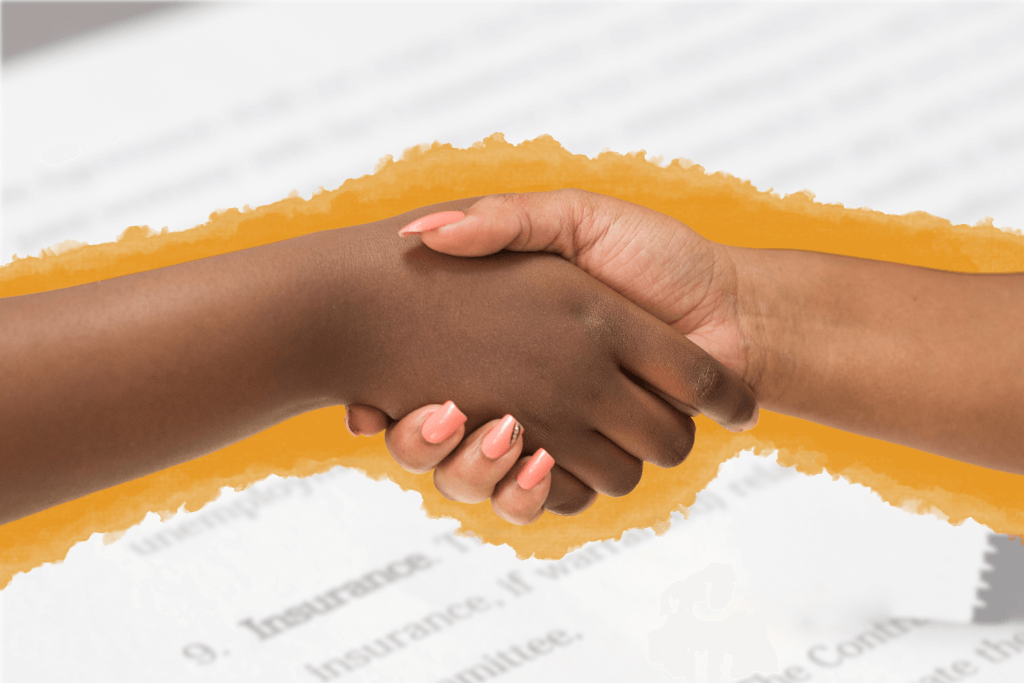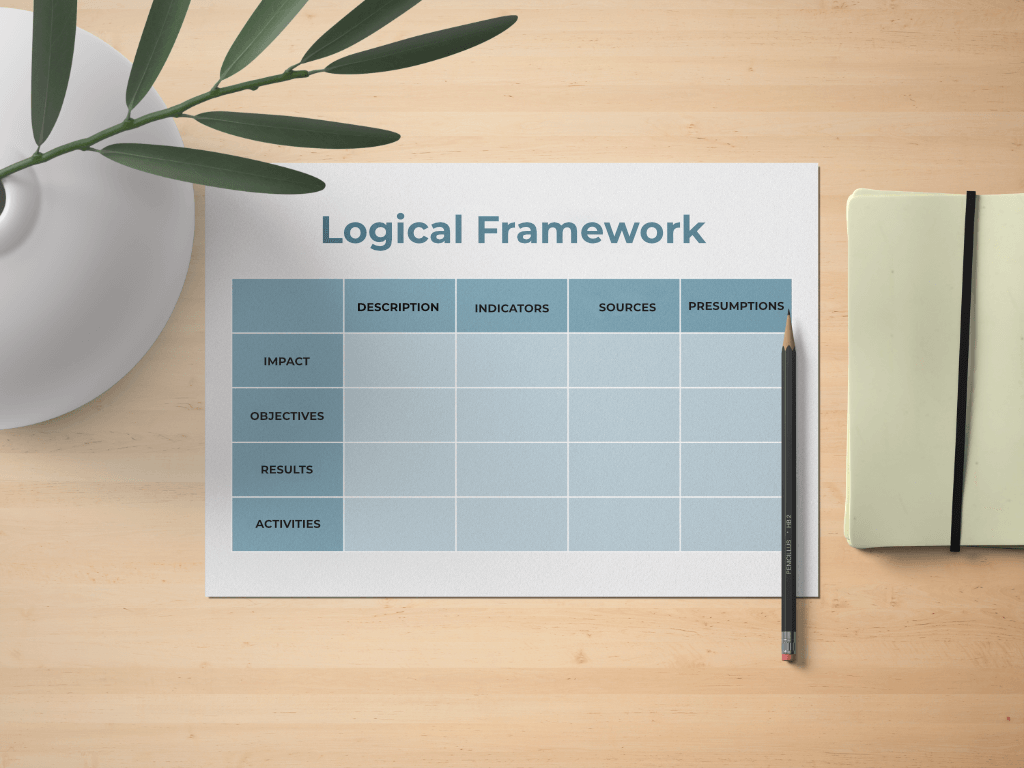Climate change is real and is happening at an accelerating rate.
António Guterres, the Secretary-General of the United Nations, made an impactful statement during the opening of the United Nations Climate Change Conference, COP 27. He emphasized that we are facing a crucial choice: “Humanity has a choice: cooperate or die. Either a pact for climate solidarity, or a pact for collective suicide.”
What is climate change?
The climate changes we are experiencing are long-term transformations in temperature and weather patterns, including an increase in average temperature, intensification of rainfall and the occurrence of extreme weather events.
These changes occur naturally with variations in the solar cycle. However, with the intensification of industrialization, this process has potentially accelerated. Global warming, which is the increase in average temperature, is considered by scientists to be the main result of these activities, especially the abundant emission of CO₂ and other gases that contribute to the greenhouse effect.
These activities include the burning of fossil fuels, intensive farming, product manufacturing, the improper disposal of solid waste, deforestation and inadequate land management.
How does climate change affect our lives?
The Earth is a living system where everything is connected, and changes in one area can significantly influence several others.
Rising temperatures are just the tip of this complex ball of change. These include intense droughts, water and food shortages, severe fires, rising sea levels, floods, melting polar ice, catastrophic storms and a decline in biodiversity.
Exposure to air pollutants is a growing concern in metropolitan areas, and according to the World Health Organization (WHO), 50% of chronic respiratory diseases and 60% of acute respiratory diseases are related to this exposure.
Which populations are most affected by climate change?
Climate change has a significant impact on the countries of the Global South, which generally have fewer resources and are more vulnerable to the climate crisis. The limited capacity to respond to extreme weather events can have complex effects, affecting local agriculture and food security.
The global context of inequality means that vulnerable groups are hardest hit by the climate crisis.
At COP27 in Egypt, a loss and damage fund was created for countries most affected by climate change.
Women and children
At COP26 in 2021, Conference President Alok Sharma stressed that climate and gender are closely interlinked. Women and girls are disproportionately affected by the impact of climate change, accounting for 80% of those displaced by disasters and climate change worldwide. Encouraging the movement of women and girls in climate policies and actions is crucial to tackling today’s climate challenges.
The active participation of women can generate cascading effects and help adapt to climate change. However, women’s potential continues to be neglected.
Black and indigenous populations
Environmental disasters and tragedies are more serious for historically vulnerable populations, and this phenomenon is called Environmental Racism.
Philip Alston, UN Special Rapporteur on extreme poverty and human rights, presented a report during the Human Rights Council session in Geneva, Switzerland, warning of the serious social consequences of climate change, especially for black and indigenous populations.
According to the report, the climate crisis could push more than 120 million people into poverty by 2030. The rapporteur stressed that there is an imminent risk of a “climate apartheid”.
Climate refugees
In 2021, the World Bank published the Groundswell report, and one of the figures drew alarming attention.
According to the report, by 2050, around 216 million people in six regions of the world, including Latin America, where 17 million migrants are expected to leave, could be forced to leave their countries due to adverse climatic events. The IPCC (Intergovernmental Panel on Climate Change) report reinforces the warning for Brazil.
The increase in temperature and humidity could exceed the limits of survival, which could result in the need to migrate to other regions of the country. According to a study cited above, if emissions continue to rise, heat-related deaths in Brazil could increase by 3% by 2050 and by 8% by 2090.
What is the role of organizations and companies in this context?
The Report of the National Plan for Adaptation to Climate Change (PNA) showed that the majority of Brazilian companies recognize that their operations could be affected by the climate. That’s why they consider it crucial to develop plans or strategies for adapting to climate change. Although they don’t yet know exactly how these actions should be put into practice, the fact is that the climate is a global concern and climate change has become urgent for the next decade and a priority for executives.
To this end, companies are striving to comply with the ESG agenda, a set of practices aimed at preserving the environment, responsibility towards society and corporate transparency. The acronym ESG is being demystified and implemented in companies to align their purposes with these practices, assuming an increasingly relevant role in sustainable development and being protagonists in initiatives aimed at reducing greenhouse gas emissions and promoting more sustainable practices in their production processes.
And what is my role as an individual in this scenario?
Governments and companies play a central role in preserving the environment and reducing greenhouse gas emissions, but civil society can also do its bit to reduce global warming.
- Opt for public transport;
- Saving water and electricity;
- Reducing the volume of waste;
- Correct waste disposal;
- Conscious consumption;
- Citizen mobilization actions;
- Searching for reliable information.
Find out more:





